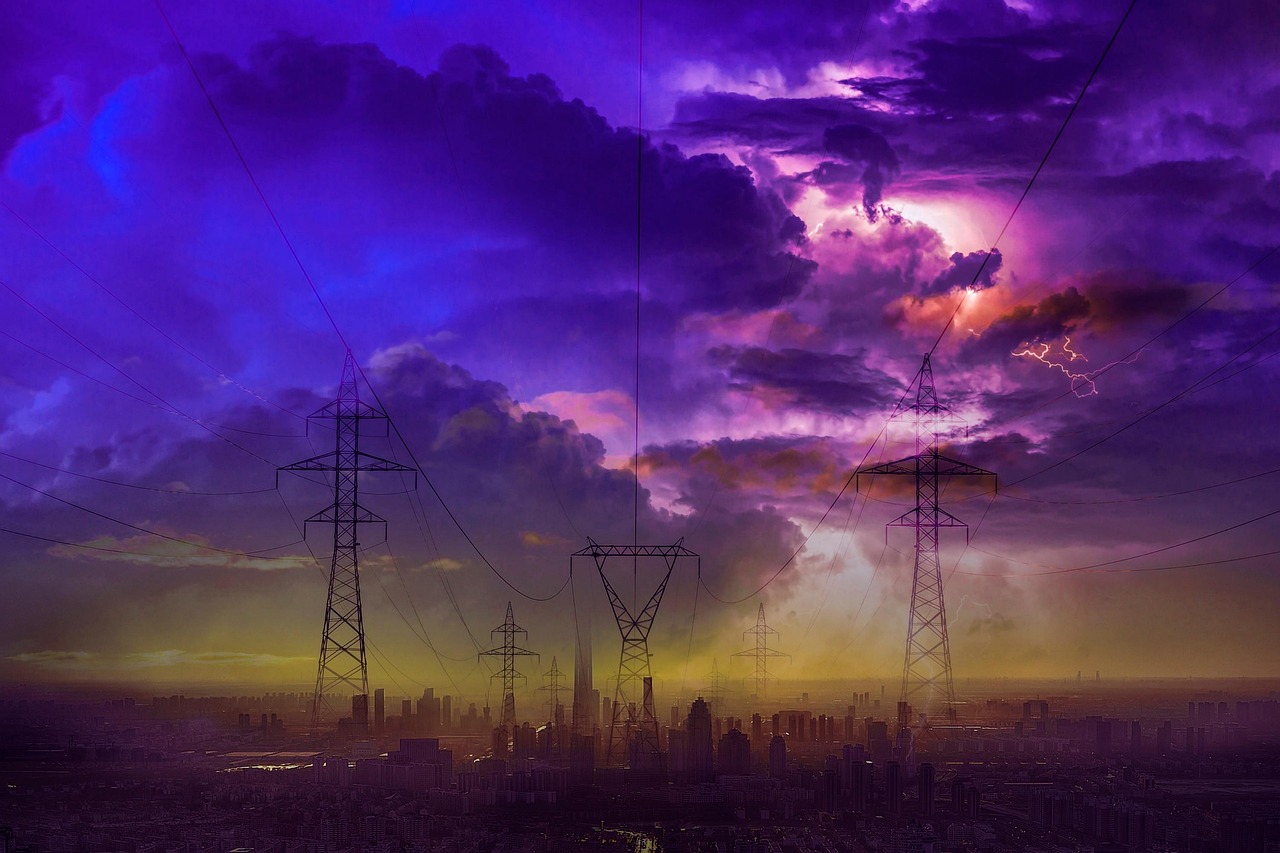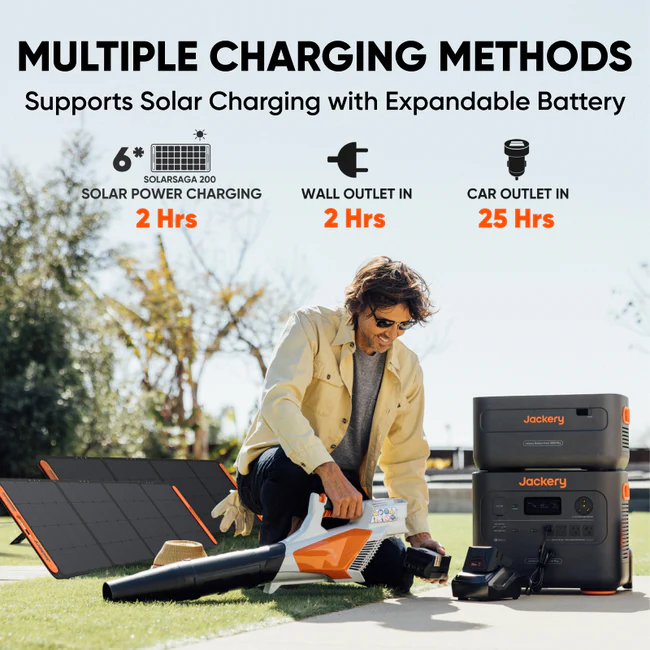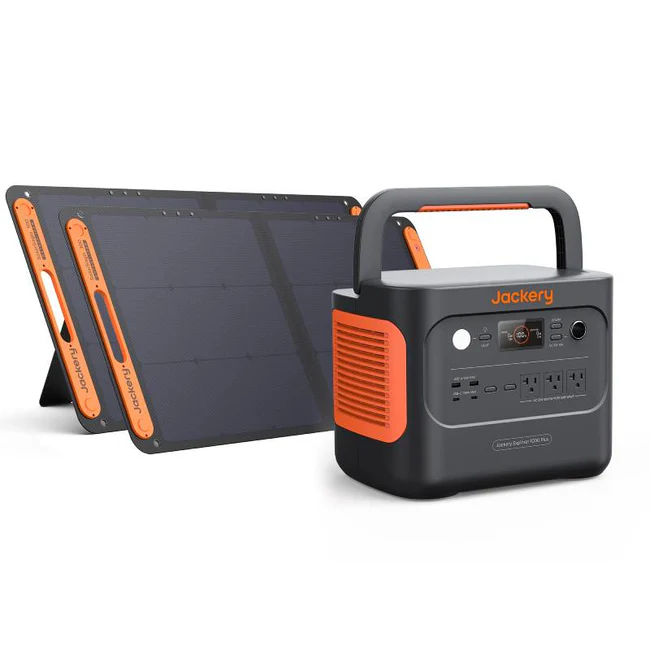How to Power Your Home During a Blackout
Lately, I’ve noticed how power outages are becoming more than just rare inconveniences. They’re happening more often, and they’re lasting longer. On April 28, 2025, a major blackout struck Spain, Portugal, and even parts of southern France, plunging nearly 60 million people into darkness. Trains stopped, traffic lights failed, medical procedures were delayed, and elevators trapped passengers, highlighting just how vulnerable modern life can be.
That’s why I decided to put together this guide on how to power your home during a blackout. I’ll walk you through the practical options I’ve explored and found useful, from generators to battery backups and solar setups. The goal here is simple: to help you stay prepared and keep your essentials running when the lights go out, without the guesswork.
Assess Your Power Needs
When you’re thinking about how to power your home during a blackout, the first step is figuring out what truly matters, because trying to power everything just isn’t realistic.
For me, that includes things like the fridge (so food doesn’t spoil), a few LED lights, phone chargers, a Wi-Fi router, and possibly a fan or small heater, depending on the season. If you rely on medical equipment or work from home, those might be high-priority items for you, too.
The next step is to estimate how much power these essentials actually use. Most devices have a label showing how many watts they draw. I like to write down each item, how many watts it uses, and how long I’d need it powered during an outage. That gives me a rough total wattage to work with.
For example, my fridge pulls around 150 watts when running, but it doesn’t run 24/7. LED lights use about 10 watts each. Add a laptop, phone, and a few other basics, and I found that I needed somewhere between 1,000 to 2,000 watts to comfortably get through a blackout.
Once you have your list, you’ll be in a much better position to choose the right power solution, which we’ll get into next.
Backup Power Options
Once I had a clear idea of what I needed to keep running during an outage, the next question became obvious: How exactly am I going to power all this? There are a few main options I looked into when figuring out how to power your home during a blackout, and each one has its pros and cons depending on your budget, space, and power needs.
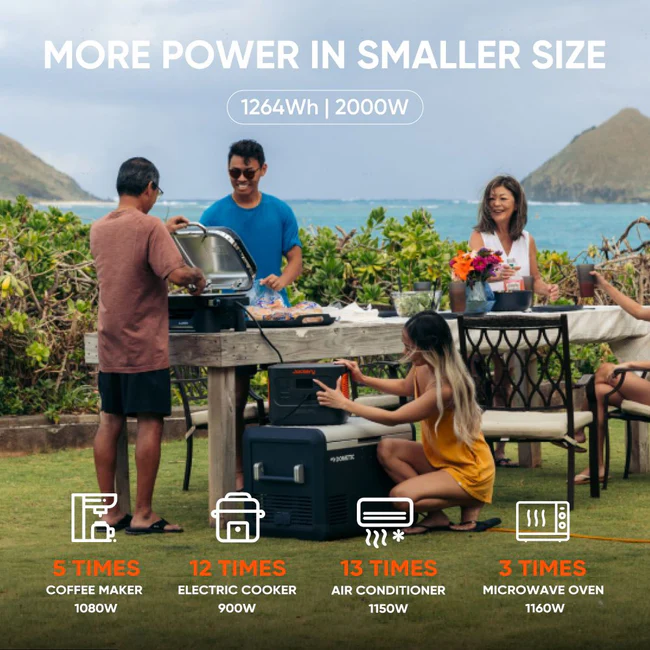
This was the first option I considered. Portable generators are relatively affordable, easy to store, and can provide enough power to keep the basics running. I’ve used one to run my fridge, a few lights, and charge devices, and it worked fine.
- Fuel Options: Most run on gasoline, but there are models that use propane or are dual-fuel (gas + propane), which gives you more flexibility.
- Pros: Affordable, widely available, great for short outages.
- Cons: Noisy, require manual startup, and need to be used outside only due to the risk of carbon monoxide poisoning.
If you go this route, make sure you’ve got enough fuel stored safely and that you run the generator away from windows and doors.
- Standby (Whole-House) Generators
These are more of a long-term investment. A standby generator is permanently installed and kicks in automatically when the power goes out. It connects directly to your home’s electrical panel and can run on natural gas or propane.
- Pros: Seamless operation, powers most or all of your home, no manual setup during an emergency.
- Cons: Expensive upfront, requires professional installation, and regular maintenance.
If you live in an area where outages are frequent or extended, this is one of the most reliable ways to handle a blackout without lifting a finger once it’s installed.
- Battery Backup Systems
This is one of my favorite options for smaller needs or quieter, indoor-friendly setups.
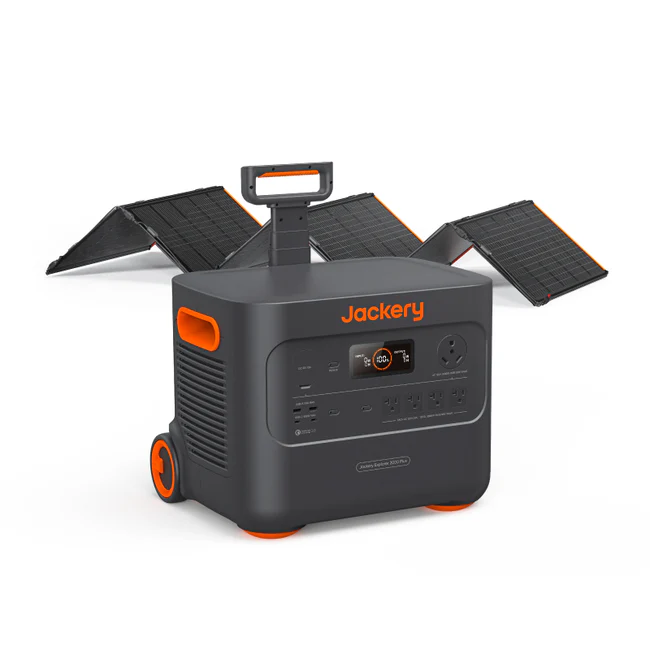
- Portable Power Stations: These are basically large battery packs that can power phones, laptops, small appliances, and even some medical devices. Brands like Jackery, EcoFlow, and Bluetti have some great plug-and-play models.
- Home Battery Systems: These are wall-mounted systems like the Tesla Powerwall or Enphase IQ Battery, usually paired with solar panels (though they can also charge from the grid). They’re quiet, require no fuel, and work automatically.
- Pros: Silent, safe to use indoors, no fumes, minimal maintenance.
- Cons: Limited capacity (especially for portable units), and the whole-home systems are expensive.
Battery backup is perfect if you want a clean and low-maintenance solution, especially if you already have or are considering solar power, which I’ll cover next.
Solar Power Options
Solar has become a go-to solution for a lot of homeowners looking for energy independence, and I can see why. I looked into it myself when I started thinking more seriously about long-term solutions, not just quick fixes during blackouts.
If you already have rooftop solar panels, you might assume you’re covered during an outage. But here’s something many people don’t realize: most grid-tied solar systems automatically shut down when the grid goes down. This is a safety feature to protect utility workers, but it means your panels won’t help unless you have battery storage.
That’s where a system like the Tesla Powerwall or Enphase IQ Battery comes in. These batteries store extra solar energy during the day so you can use it at night or during an outage. With the right setup, your lights stay on and your fridge keeps running, even if the grid goes down for days.
If you’re off-grid or want that option, you’ll need a solar system with an inverter that can operate independently of the grid. These systems are more complex and expensive, but they give you complete control over your power.
For me, pairing solar with a battery was one of the most sustainable ways I found to address blackouts, without relying on fuel or noisy generators.
Energy Conservation During a Blackout
No matter what backup system you’re using, a generator, battery, or solar, you’ll get the most out of it by using your power wisely. I learned pretty quickly that conserving energy during an outage is just as important as having a power source in the first place.
When the power goes out, I stick to the essentials. I unplug anything that doesn’t truly need to run, e.g., TVs, extra lights, and even the microwave. Instead of overhead lights, I rely on a few LED bulbs or even rechargeable lanterns, which barely draw any power.
Another tip that’s helped me stretch my backup system: limit how often I open the fridge or freezer. Cold air escapes fast, and constantly opening the door forces the fridge to work harder when it’s running on limited power.
If you have a portable battery or solar generator, prioritize charging your phone and maybe running a fan or small heater. Timing also matters. I tend to run higher-demand appliances like a coffee maker or hotplate only when I know I’ve got enough battery to spare.
Being mindful of energy use during an outage doesn’t just preserve power. It reduces stress. And it makes any system you use to power your home during a blackout emergency go further than you might expect.
Safety Tips
When you’re trying to keep things running during a blackout, safety has to come first. I’ve made it a habit to check these basics every time I set up my backup power, and I strongly recommend you do the same.
- Never run a generator indoors
This might sound obvious, but it’s a mistake people still make in a rush. Generators produce carbon monoxide, which is deadly and completely odorless. Always run them outdoors, at least 20 feet away from doors and windows.
- Avoid backfeeding power
Plugging a generator directly into a wall outlet without a transfer switch is not just dangerous, it’s illegal in many places. It can send electricity back through utility lines and put repair workers at serious risk. If you’re powering part of your home, use a proper transfer switch installed by a licensed electrician.
- Store fuel safely.
If you’re using a gas or propane generator, make sure the fuel is stored in approved containers, in a cool, ventilated area, and far from any ignition sources. I keep mine in a shed with a lock, well away from the house.
- Use heavy-duty extension cords.
Don’t cheap out on cords. Make sure they’re rated for outdoor use and can handle the wattage of what you’re powering. Overloaded cords can heat up and become a fire hazard.
- Install carbon monoxide detectors.
Even if your generator is outside, it’s smart to have CO detectors inside your home, especially near bedrooms. I keep a battery-powered one as backup just in case.
Keeping your family safe is the most important part of any plan to power your home during a blackout emergency. Equipment can be replaced, but people can’t.
Preparation Checklist
When a blackout hits, the last thing you want is to be scrambling for supplies or figuring out how your backup system works. I’ve learned that a bit of preparation goes a long way. Here’s the checklist I follow to make sure I’m ready, whether the power’s out for two hours or two days.
- Test Your Backup System Regularly
I run my generator or battery backup every couple of months just to make sure everything works. It helps me catch issues before I actually need the system.
- Fuel and Battery Storage
- Keep fuel containers full (rotate every few months to keep them fresh).
- If you use propane, make sure you’ve got enough tanks on hand.
- Charge power stations or battery packs ahead of time.
- Extension Cords and Adapters
Have the right cords ready. They should be long enough to reach outside but rated to handle the power load safely. I keep them coiled and labeled for quick access.
- Instruction Manuals
Store user manuals for your generator or battery system somewhere easy to find. I keep mine in a plastic sleeve in my emergency drawer, because trying to Google setup steps without Wi-Fi isn’t fun.
- Flashlights, Batteries, and Emergency Lights
I always keep a few LED flashlights, a headlamp, and extra batteries in a central location. Rechargeable lanterns are also super handy, especially ones that double as USB chargers.
- Carbon Monoxide Detector
Make sure it works and has fresh batteries. It’s non-negotiable if you’re using any fuel-powered system.
- Essential Items Powered
Have a printed or digital list of the items you plan to run, along with their wattage. It helps you stay within your system’s limits and prioritize during longer outages.
Being prepared isn’t about having the most expensive setup. It’s about knowing your plan, your gear, and your priorities. That’s the real key to knowing how to handle a blackout without stress.
My Take
Blackouts are no longer rare events. They’re becoming part of modern life, whether caused by extreme weather, overloaded grids, or infrastructure failures like we saw recently across Europe, including Germany, Spain, and Portugal. But that doesn’t mean you have to be caught off guard.
I’ve shared the steps I took, from identifying my essential power needs to choosing the right backup system and staying safe. Whether you go with a portable generator, solar battery setup, or a combination of solutions, the key is to plan ahead.
Knowing how to power your home during a blackout isn’t just about convenience. It’s about keeping your food fresh, your devices charged, and your home safe. The more prepared you are, the less disruption you’ll face when the lights go out.
Now’s the time to get your system in place before the next outage hits.
